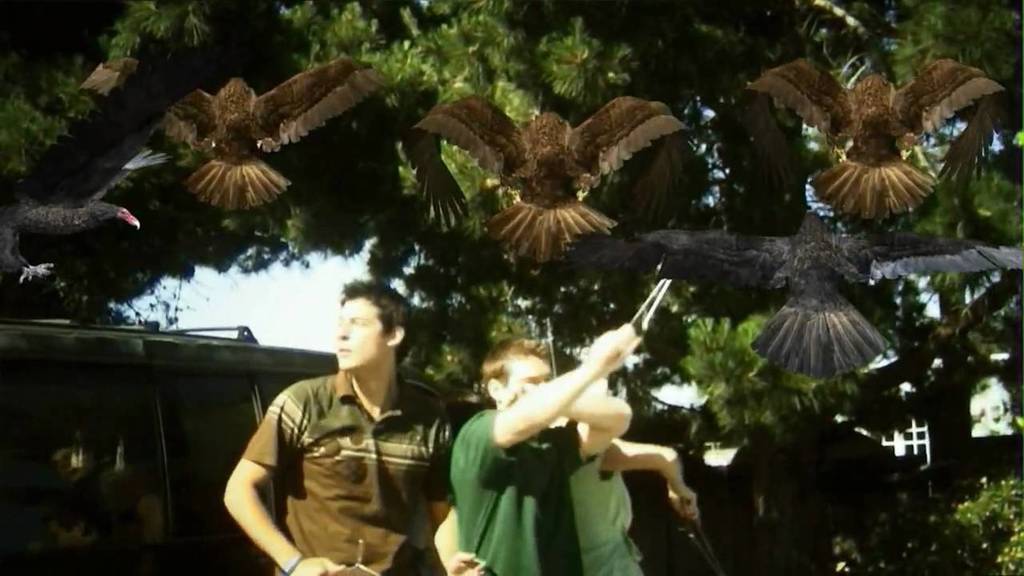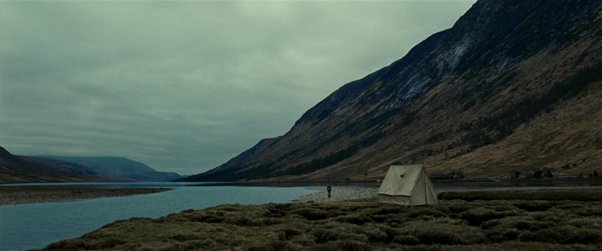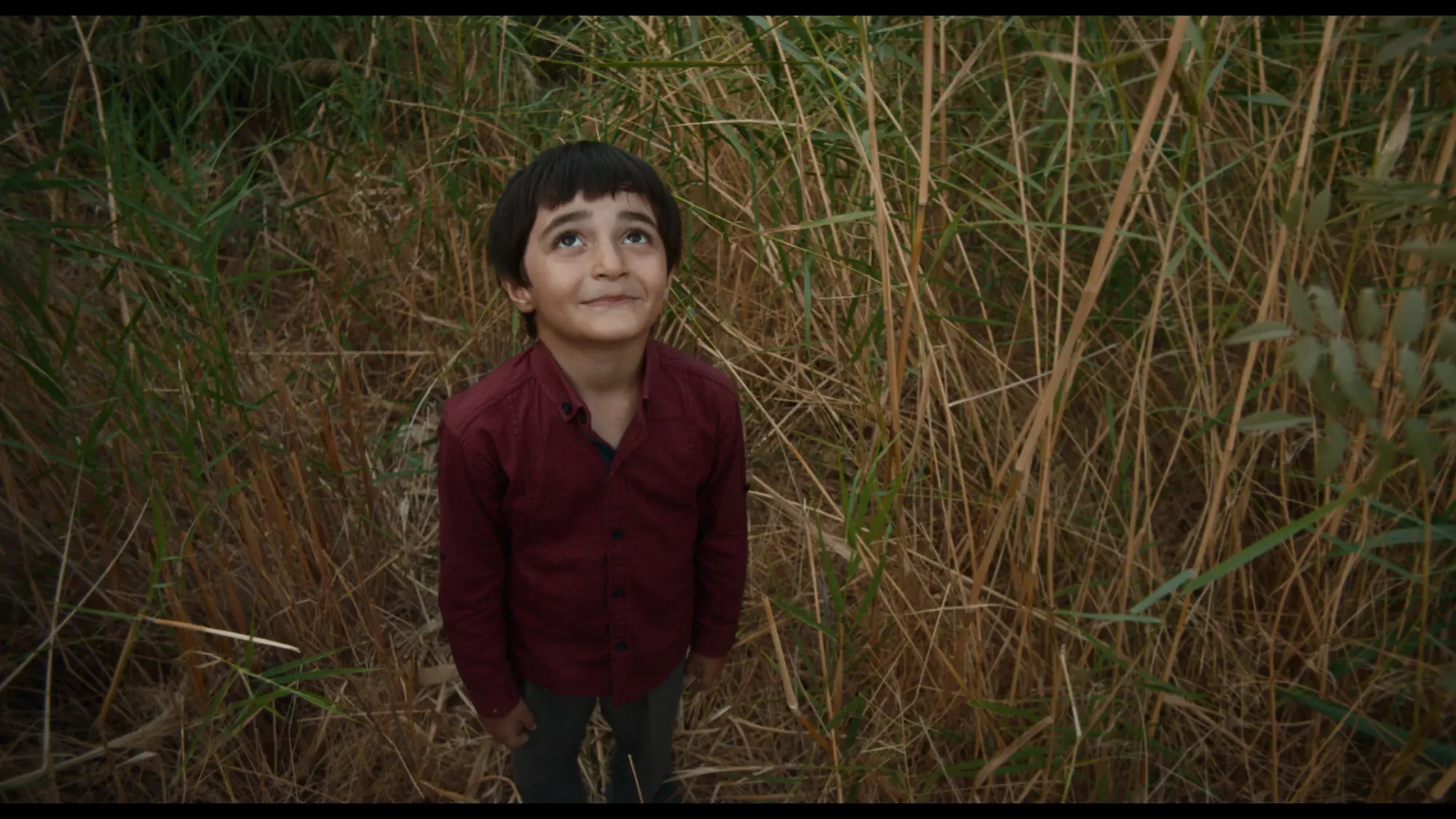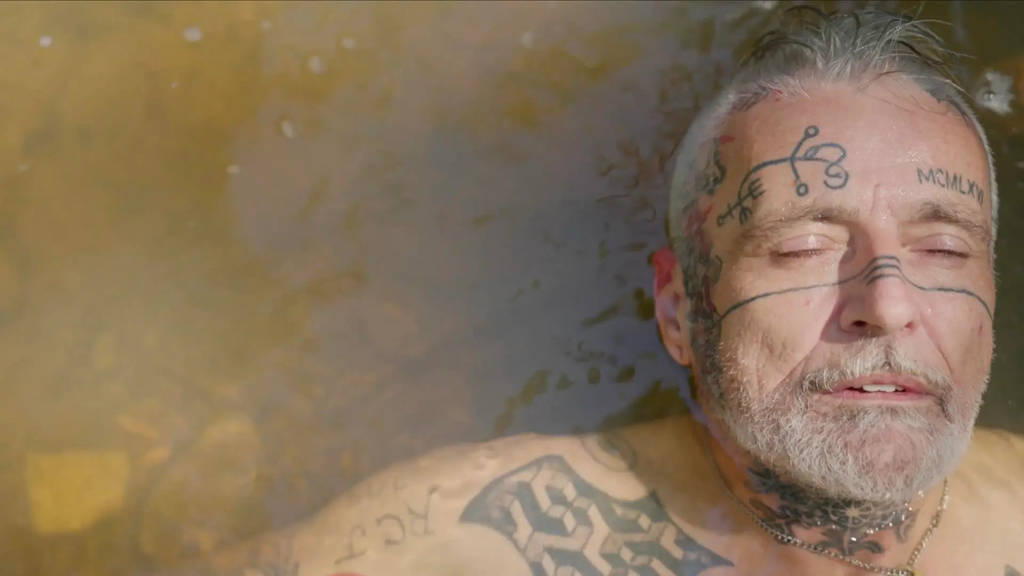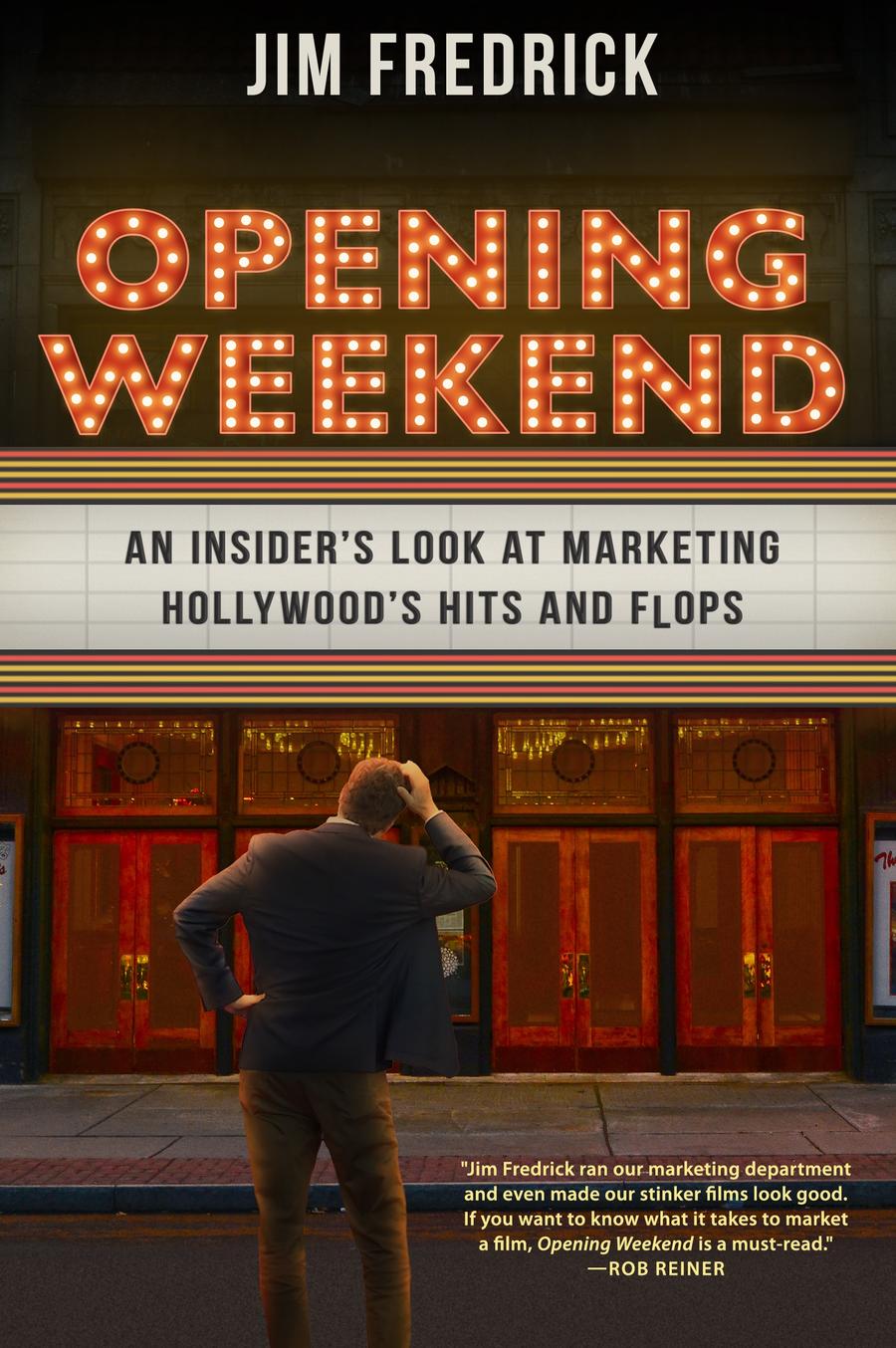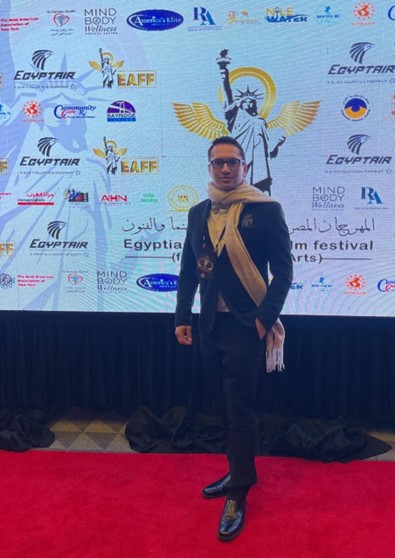The Masoud Yazdani Award for Excellence in Undergraduate Film Scholarship hit an important milestone in 2024, marking ten years of celebrating the impactful work of undergraduate scholars. In this anniversary year, Film Matters is particularly pleased to announce the winner, as determined by our volunteer panel of judges: Tillie Quattrone for her FM 14.1 (2023) article “‘You know how the game goes, Baby’: Exploring Intersections of Power in Sweet Sweetback’s Baadasssss Song.” Tillie holds an AA in Liberal Arts, a BA in Drama and Film, and an MA in Film Studies. She is currently pursuing a PhD in Drama (Screen Studies) at The University of Manchester. Her research interests include screen culture in the digital age, on-screen representations of age and marginalized bodies, and stardom.
Our judges also recognized Sophia Bain with an honorable mention for her FM 14.2 (2023) article “Made of Shadows: The Night Porter (1974) as Memory Text and Memory Work,” which was part of Chapman University’s “Retrospective 1974: Fifty Years Later” themed issue. Sophia received her bachelor’s degree in Film Studies at Chapman University in spring 2023. Her research interests include the works of Simone de Beauvoir, ambiguity, and embodiment. She is currently continuing her research independently.
Film Matters, of course, could not administer this annual award without the meaningful work of our judges, who selected our 2024 honorees after a rigorous judging period last fall:
Hannah Davenport is a second-year MA Film Studies student at the University of North Carolina Wilmington. Her academic interests include ideological film criticism and fringe cinema.
Dason Fuller is pursuing his MA in Film Studies at the University of North Carolina Wilmington. His research primarily focuses on politically charged films in American history. Previously, he has published two reviews for Film Matters and one for the “Cucalorus x Film Matters” collaboration in 2023. After obtaining his master’s degree, Dason hopes to enter into film festival or curatorial work.
Alex T. Romero is an aspiring film scholar and MA student at the University of North Carolina Wilmington. Returning to academia after seven years in the entertainment industry, Alex is informed by his varied experiences in stage management for competitive dance, production travel coordination, film accounting, and creative producing. His scholastic interests include contemporary Hollywood, East Asian cinema, and the history of labor relations in the American film industry.
K. A. Vale earned their MFA in Film Production in 2023 and is currently pursuing an MA in Film Studies, both from the University of North Carolina Wilmington. Their research focuses on the aesthetics of video game adaptations in film and streaming and finding the point where film theory and video game theory converge through adaptation. Upon graduation, they intend to pursue academic writing and publishing while preparing for a PhD in Film and Media Studies. When they are not studying and watching movies, they can be found playing video games and reading LGBTQIA+ fiction.
Jackson Whorton is a graduate student pursuing his MA at the University of North Carolina Wilmington. His primary subjects of research are the intersections between religion and cinema, including religious expression via cinematic form. He’s also interested in exploring film adaptation and cinematic sociology. He spends his free time reading, writing, and drinking coffee.
Each year Film Matters – in fond remembrance of Masoud Yazdani, founding chairman of Intellect and a key person in the establishment of our journal – revisits the peer-reviewed feature articles from the prior volume year with the help of graduate student judges. We approach this undertaking with enthusiasm, an opportunity to celebrate the innovative and passionate texts we publish, products resulting from the unique collaborative work of emerging undergraduate film scholars, their mentors, and the Film Matters publication process. The honorees receive book awards from the field of film studies, in recognition of their achievement. For more information, please visit: https://www.filmmattersmagazine.com/masoud-yazdani-award/
